コンタクトレンズ ケース heaven Japan メジャー まとめ売り品
(税込) 送料込み
商品の説明
コンタクトレンズのケース2個
heaven Japanメジャーのまとめ売り品です。
新品未使用品です。
商品状態欄と画像での状態確認のうえ、ご検討宜しくお願いします。
取引後のトラブル防止の為、ご不明な点はコメント欄に記載をお願いします。
#コンタクトレンズケース
#heaven Japan メジャー
#巻尺商品の情報
| カテゴリー | コスメ・香水・美容 > その他 > その他 |
|---|---|
| 商品の状態 | 新品、未使用 |

コンタクトレンズケース まとめ売り 60個 他サイトでも出品中のためお

コンタクトレンズ ケースの値段と価格推移は?|13件の売買情報を集計

人気色 アメトイジャンクセット おもちゃ・ホビー・グッズ

Amazon | メニコン ハードコンタクトレンズケースセット | メニコン

クリスタルホイップ洗顔料 超爆安 コスメ・香水・美容 | casamarina.mx

コンタクトレンズケースの値段と価格推移は?|8件の売買情報を集計

Amazon | メニコン ハードコンタクトレンズケースセット | メニコン

Amazon | メニコン ハードコンタクトレンズケースセット | メニコン

Amazon | メニコン ハードコンタクトレンズケースセット | メニコン
メニコン ハードレンズケースセット ( 2個入 ) :4984194111338:爽快

ミキハウス オーバーオール サロペット 90㎝ 販売売筋品 ベビー

限定価格 ミズノ フィールドグリスターMC 限定カラー Mizuno 外野用

Amazon | メニコン ハードコンタクトレンズケースセット | メニコン

限定数のみ ユニオンアリーナ アクションポイントカード 呪術廻戦 キラ

15-'16 Pocket San Diego

まったり配信したいあなたへ♡みんなで花火を楽しもう!vol.124

Amazon | メニコン ハードコンタクトレンズケースセット | メニコン

2023年最新】ヤフオク! -レンズケース(ビューティー、ヘルスケア)の

日本直販 ディマリニ フェニックス スポーツ・レジャー | hbs.com.jo

ハードレンズケースセット 1セット(2個) メニコン 【通販モノタロウ】

2023年最新】コンタクトレンズ空の人気アイテム - メルカリ

春夏新作 シュプリーム×ラコステ:フードパーカー フード シュプリーム
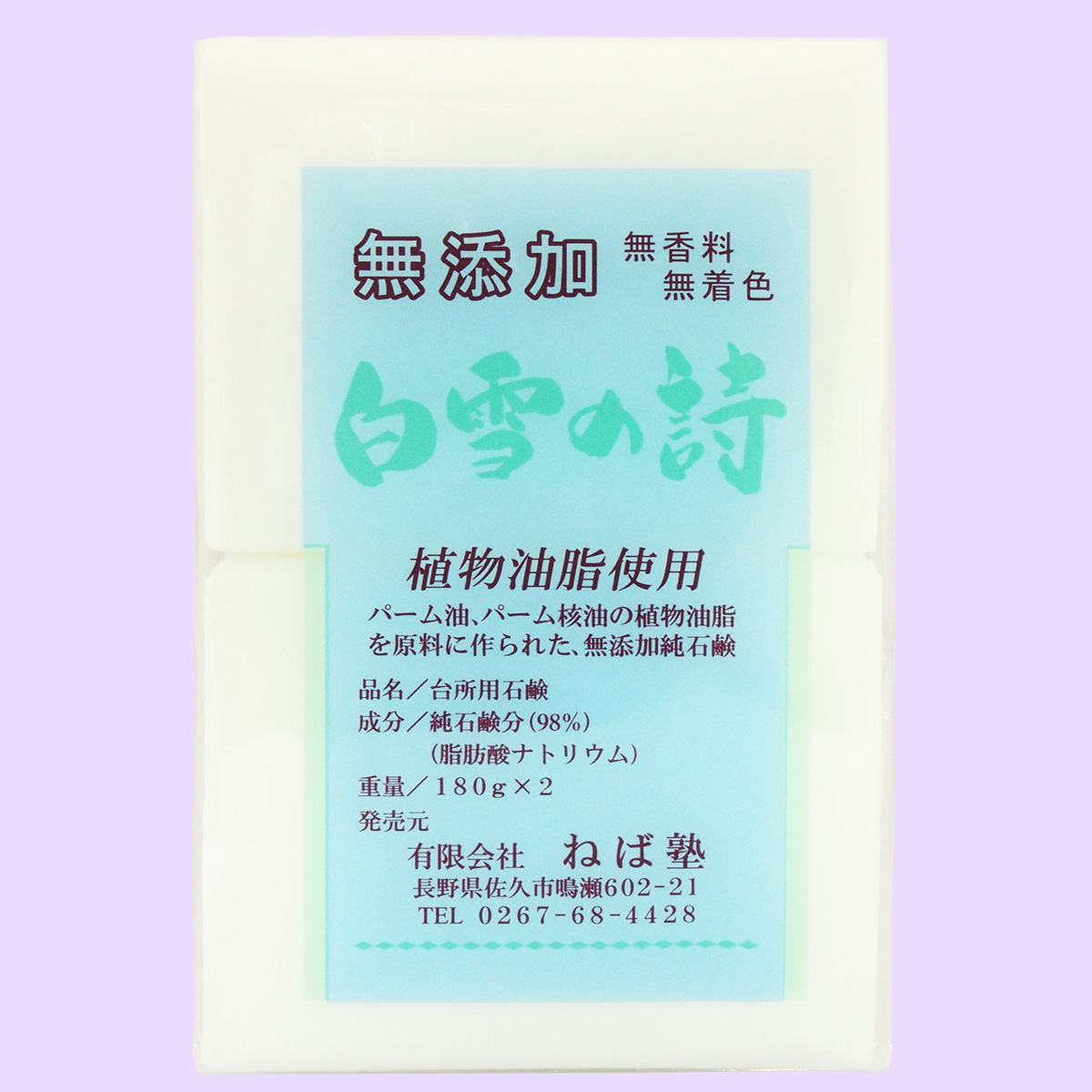
ねば塾 白雪の詩 | Beauty-Net

Slayer Reign In Blood レコード 洋楽 | filmekimi.iksv.org

日本未発売】 PANT VERSATILE 21年製 美品 FACE NORTH THE ザノース

2023年最新】コンタクトレンズ空の人気アイテム - メルカリ
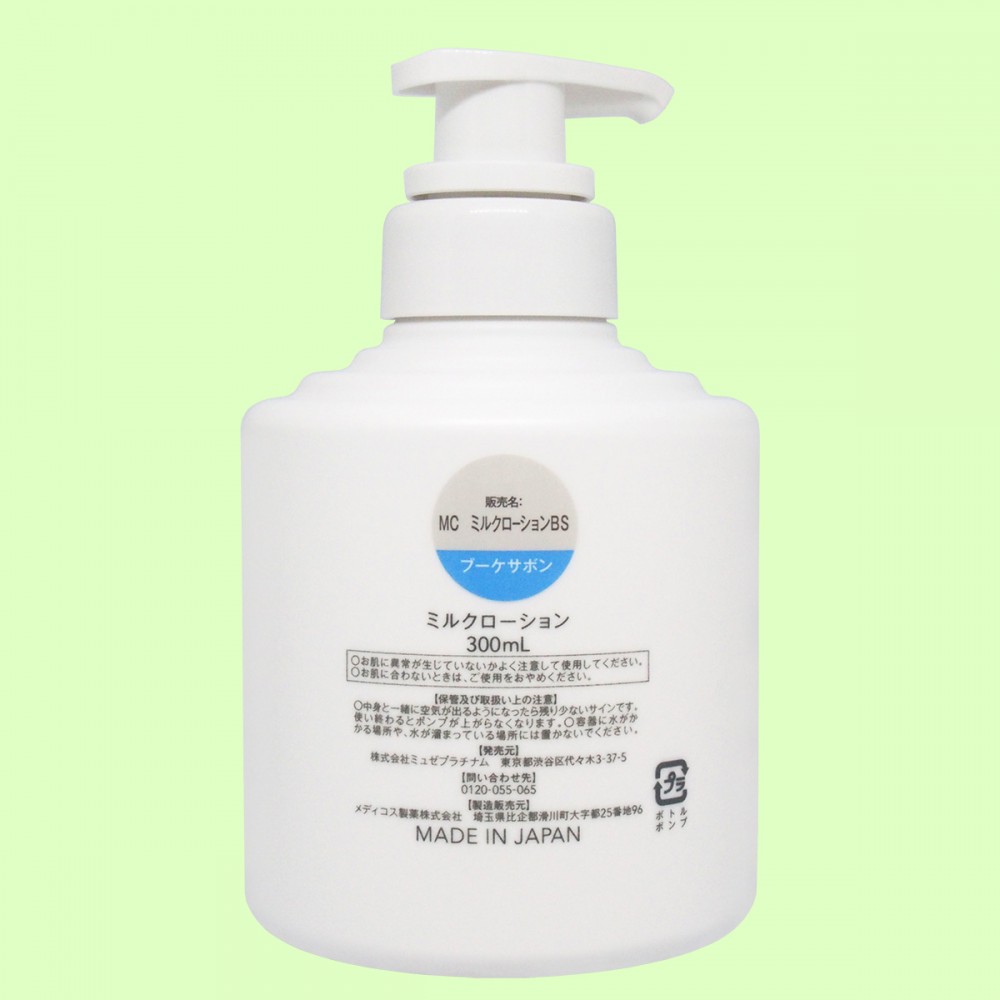
ミュゼコスメ ミルクローション(容器・裏面) | Beauty-Net
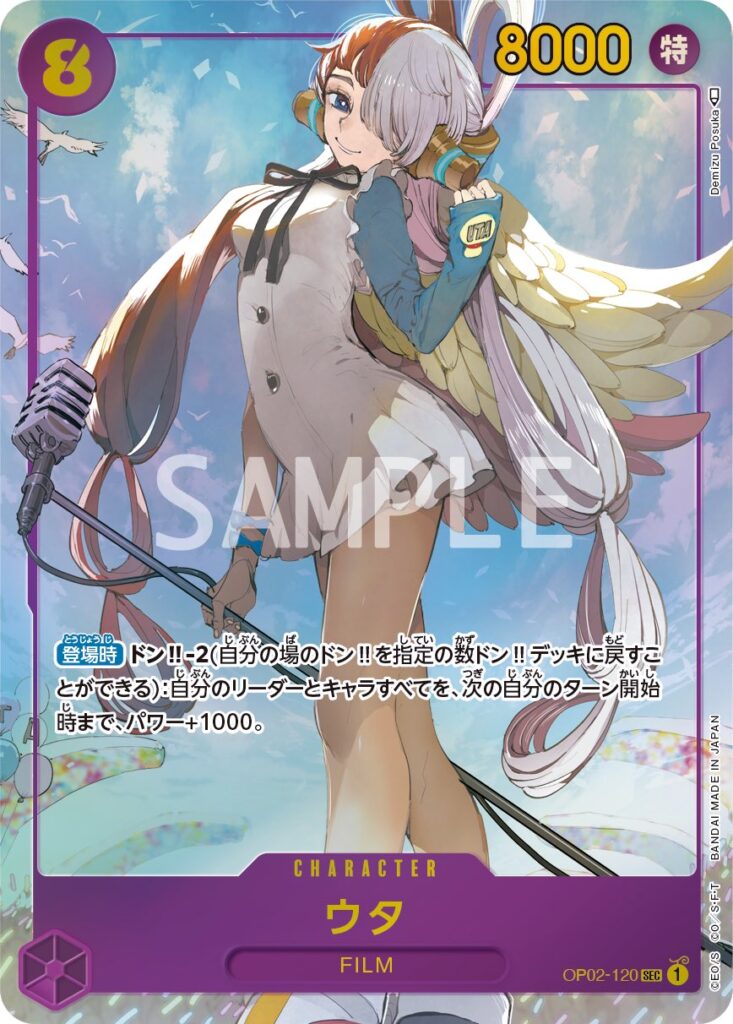
旧品は在庫限り ワンピース カードゲーム 頂上決戦 ウタ シークレット

旧品は在庫限り ワンピース カードゲーム 頂上決戦 ウタ シークレット

Amazon | メニコン ハードコンタクトレンズケースセット | メニコン

春夏新作 シュプリーム×ラコステ:フードパーカー フード シュプリーム
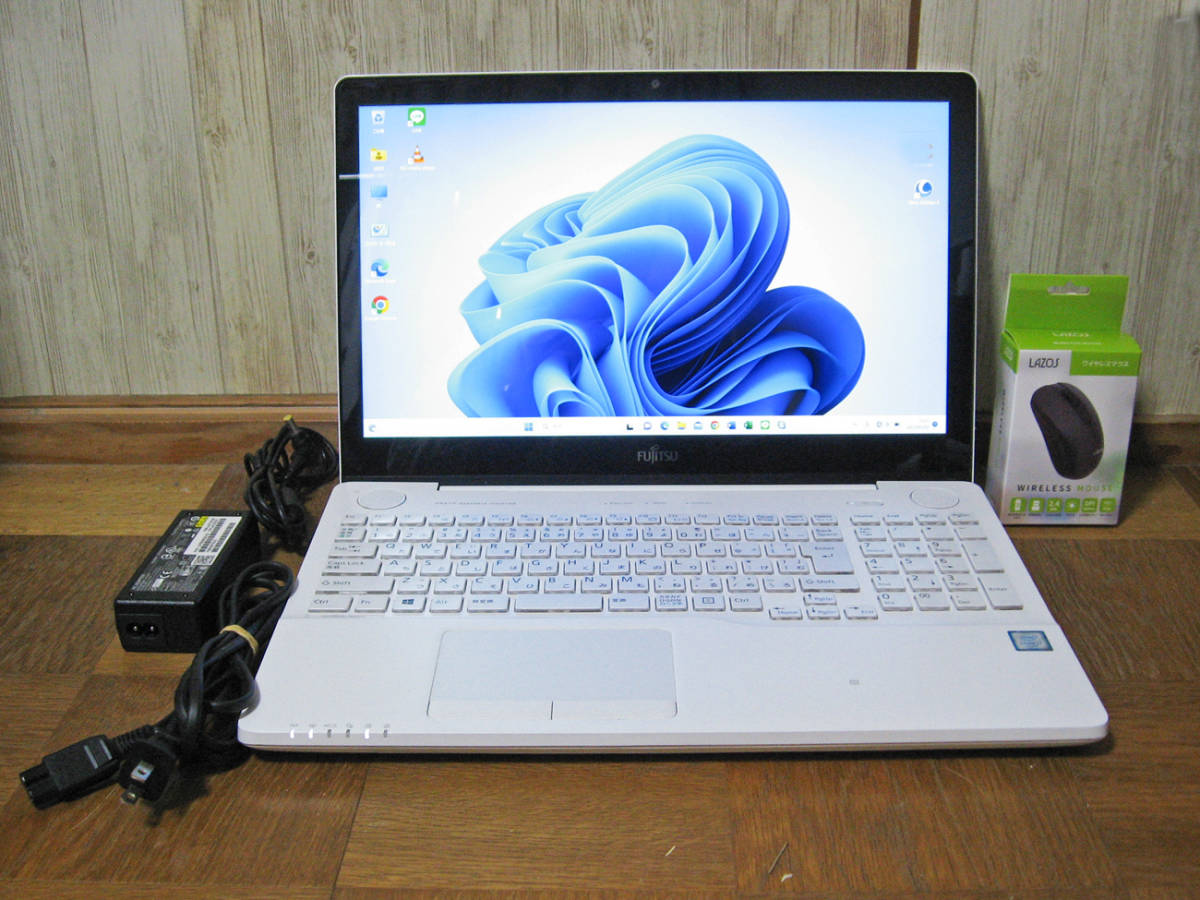
特売 ☆タッチパネル搭載☆新品SSD 13v-107TU/お得付属品セット/匿名

San Diego Yu Yu, November 1, 2017

まったり3日間♪】リスナーさんと団結力を深めよう!vol.204

Slayer Reign In Blood レコード 洋楽 | filmekimi.iksv.org
世界初の3か月交換使い捨てハードコンタクトレンズ「フォーシーズン

新品11号 le coq sportif 先染め グレンチェック スカート 直営店
2極タイプ サウスベンドWormgearタックルボックス-88ピース(青
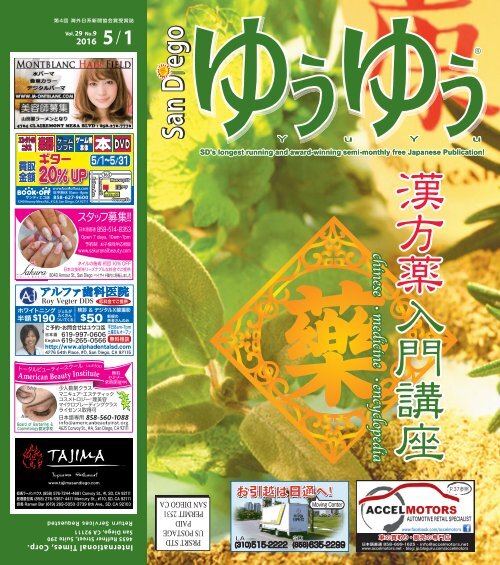
San Diego Yu Yu, May 1, 2016

2023年最新】ヤフオク! -レンズケース(ビューティー、ヘルスケア)の


商品の情報
メルカリ安心への取り組み
お金は事務局に支払われ、評価後に振り込まれます
出品者
スピード発送
この出品者は平均24時間以内に発送しています














